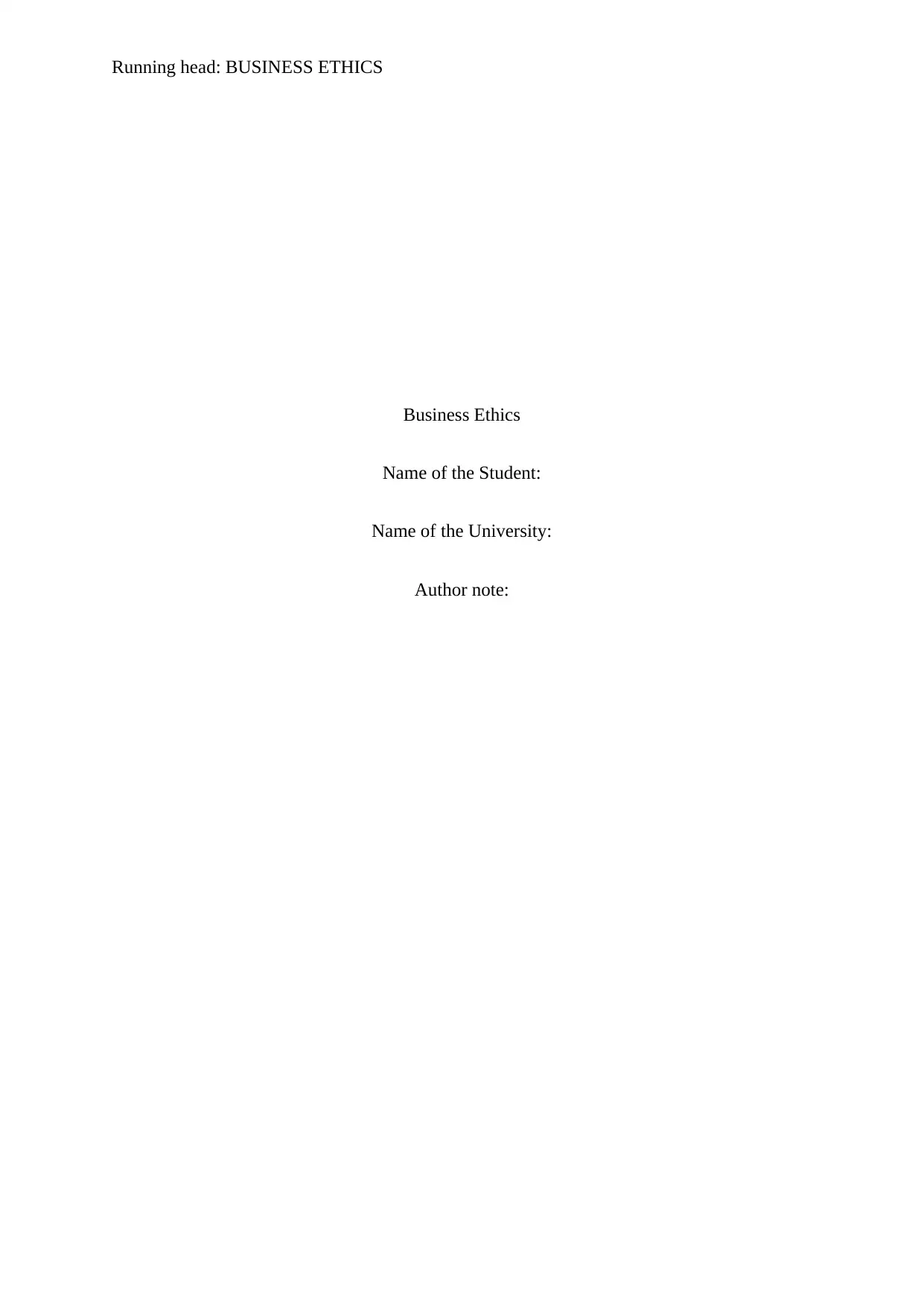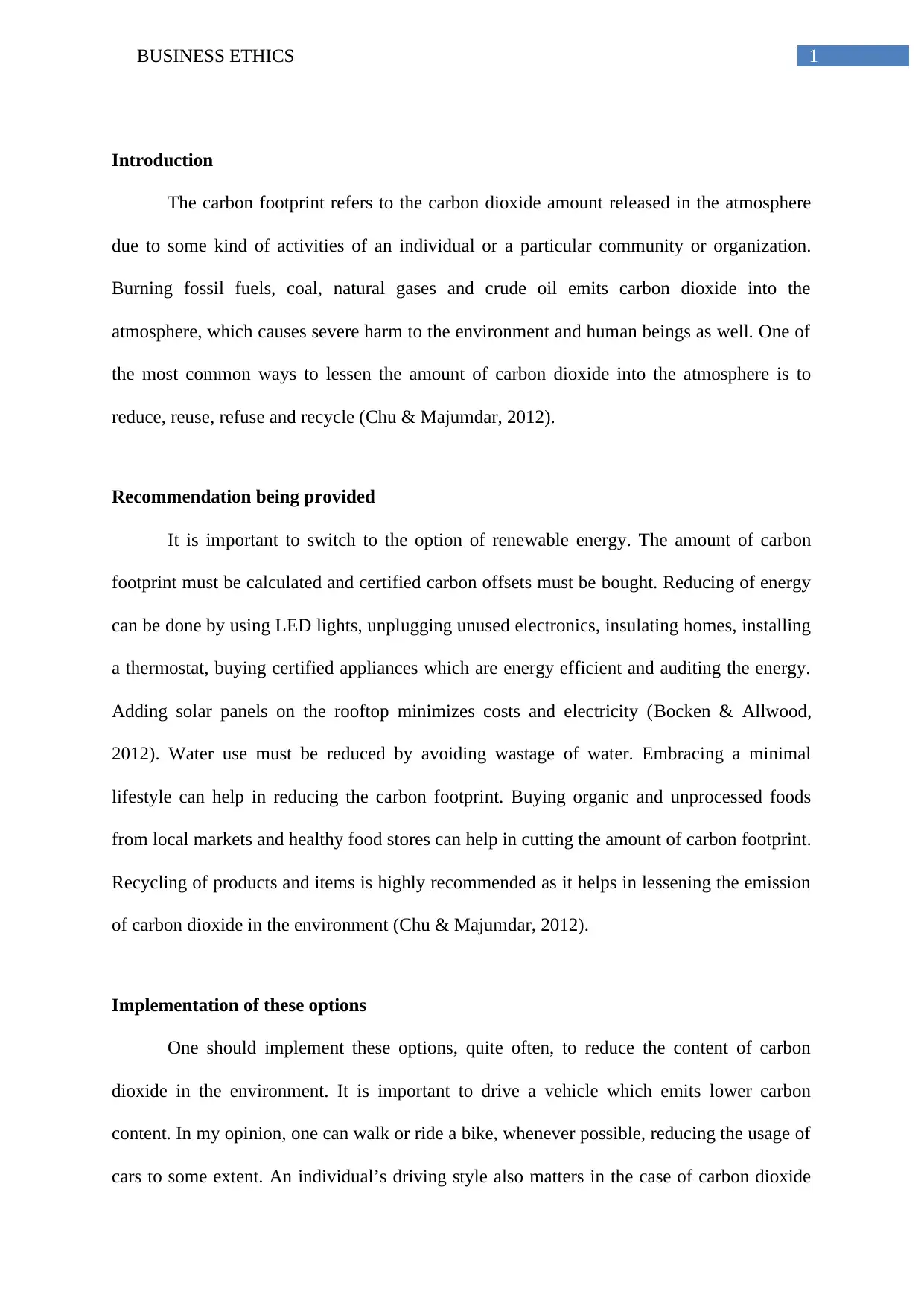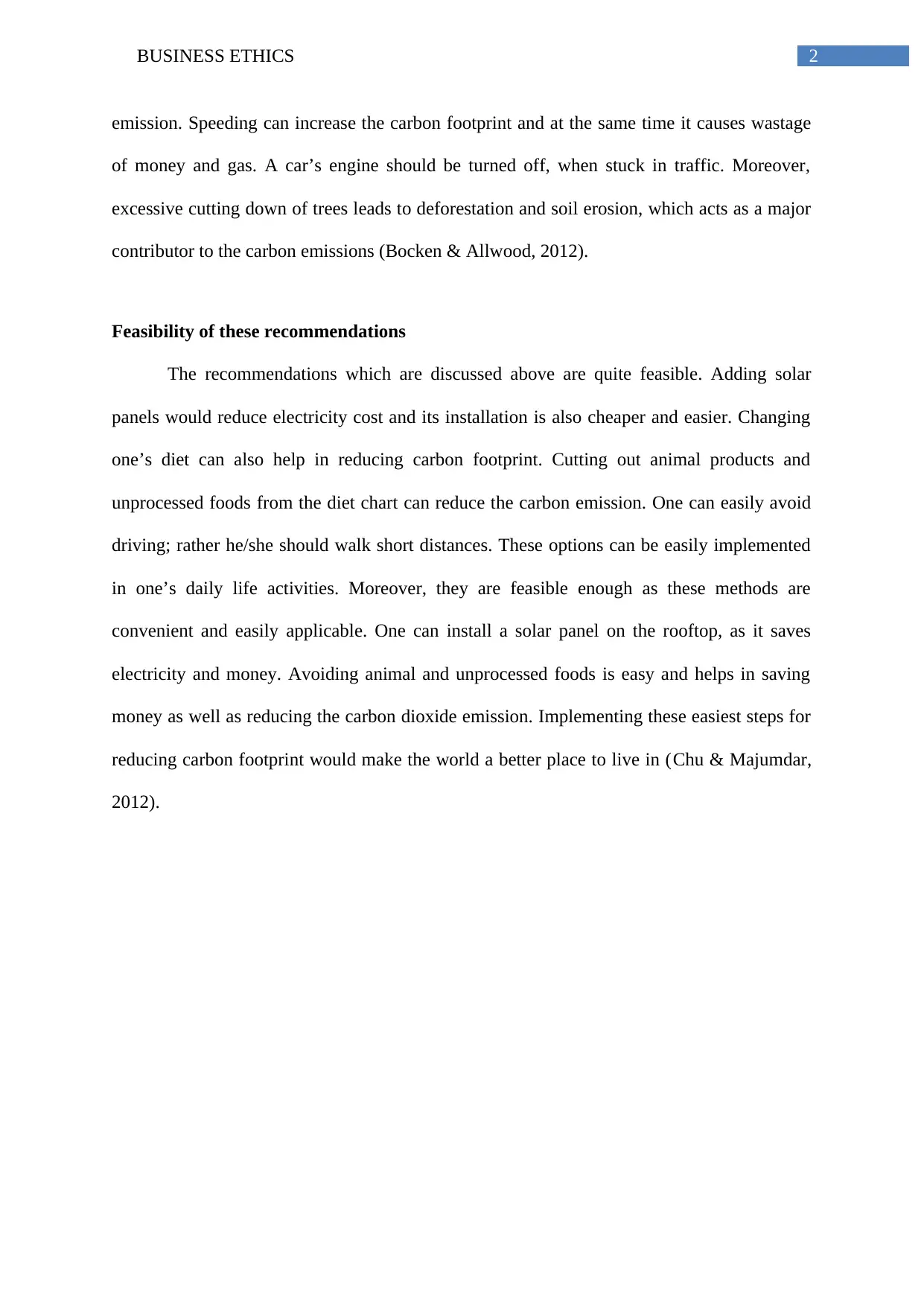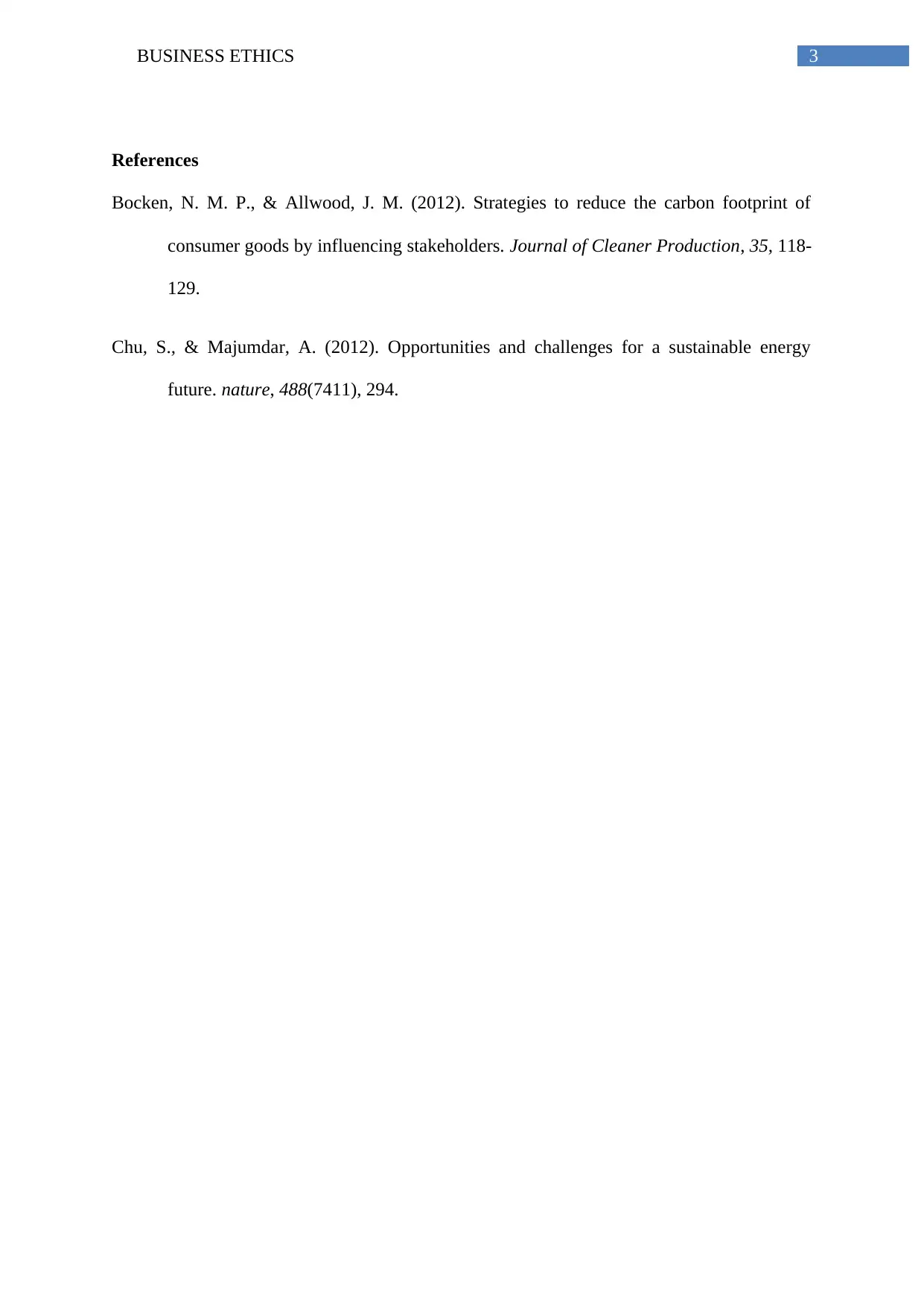Business Ethics Report: Carbon Footprint Analysis and Solutions
VerifiedAdded on 2019/11/26
|4
|652
|198
Report
AI Summary
This report, focusing on business ethics, provides an in-depth analysis of carbon footprint, discussing its impact and proposing actionable solutions. The report suggests switching to renewable energy sources, calculating and offsetting carbon emissions, and implementing energy-saving measures like using LED lights and installing smart thermostats. It emphasizes the importance of reducing water usage, adopting a minimal lifestyle, and promoting recycling. The report also explores the feasibility of these recommendations, highlighting the convenience and cost-effectiveness of installing solar panels, adopting dietary changes, and reducing car usage. The author suggests that driving less, avoiding speeding, and turning off engines when idling can significantly reduce carbon emissions. The report concludes that implementing these simple steps can contribute to a more sustainable environment. References include studies on carbon footprint reduction strategies and sustainable energy solutions.
1 out of 4








![[object Object]](/_next/static/media/star-bottom.7253800d.svg)